The decision to bring a puppy home is just the first step towards a long commitment. The first and foremost thing to do is to get the house ready for the arrival of the new pup. Your house could be a danger zone for a puppy considering the curiosity of a new pup. You need to puppy proof your house, make sure it is safe and that all the essential puppy supplies are bought.
But how do you know if your house is safe and ready for your new puppy? Listed below is a checklist for you to take note of before you bring your new puppy home:
1. Clear your house of poisonous items - Have you cleared your house of all poisonous items and taken them out of your pup's reach? If you haven't, now is the time to put away cleaners, laundry detergents, bleach, disinfectants, insecticides, cleaning fluid, fertilizers, mothballs and antifreeze in cabinets or high up on shelves. Of course, as he grows, and if he has an adventurous streak, he's sure to jump high on to your shelves to find out what's where.
2. Secure all medications and unauthorized foods - These items will cause food poisoning or damages to your dogs' health - Drugs such as Motrin and Tylenol causes liver damage. Common household food items that are harmful include alcoholic beverages, avocado (the only "fatty" member of the vegetable family), coffee, salt, yeast dough, garlic, fatty foods - turkey, artificial sweeteners ?Xylitol, potatoes, onions, nuts, chocolate, grapes and raisins.
3. Uproot all life-threatening plants - Do you have life-threatening plants at home? Seemingly harmless plants such as apricot pits, spinach and tomato vines are dangerous to your pup. You can find a detailed listing of poisonous houseplants that you might have in your family, at this site: www.vet.purdue.edu/depts/addl/toxic/cover1.htm
You can also ask your vet for more such plants that could affect your pet's health and life - If your puppy has ingested poisonous plants, contact: Animal Poison Control Center at - 888-4ANI-HELP - (888-426-4435)
4. Put away dangerous objects - Position electrical cords out of your puppy's reach, so that he cannot chew them. Pick up and keep dangerous loose items such as nails if they are lying around. Put away all sharp objects such as wires, sewing needles and pins, far away from your puppy's reach. This is to prevent your puppy from swallowing them as such items can harm his mouth and internal organs.
5. Supervise your puppy's movement - Don't let your pup remain by himself, unsupervised for long, irregardless of him being indoors or outdoors. Also, remember to keep him away from balconies, upper porches and high decks or he may just slip through the railings and fall. Remember to keep your toilet cover seat down: puppies sometimes like to play in water. Frolicking in the toilet bowl is harmful for him as he may swallow the toilet cleanser. Also, don't tie ribbons round his neck because he may chew it and this can lead to digestive problems or choke himself if the ribbon gets snagged on other things.
Preparing the Essential Dog Supplies
1. Food and water bowls - Select solid and stable bowls that won't tip over when he eats or drinks out of it. Are they easy to clean? Buy one each for food and water. Initially, buy small bowls and then as he grows older, buy him larger ones. If you do this, he won't develop the habit to overeat for his age nor will he fall into his water bowl whenever he goes to take a drink.
2. Collar - There are a large variety of lightweight collars available for your puppy. No matter which one you choose, attach an identification tag, listing your puppy's name, your address and phone number.
Let his first collar be made of lightweight nylon or leather. To get a good fit, you should measure his neck properly. To do so, measure the circumference of his neck and add two inches to it. To be sure that the collar fits properly, slide two fingers between his collar and your pup's neck. If it's a snug fit, the size is right. But if there's too much space, you need a smaller collar. If your fingers don't fit in comfortably, the collar size is way too small. Your pup may take a little while to adjust to his collar, so give him time to get used to it.
3. Leash - Leashes come in many lengths and styles, such as leather, nylon and retractable leashes. If you buy a six-foot leash it would serve both as a leash for training and walking.
It is important to keep your dog leashed unless he is in a close-up area such as a fenced in yard. In many parts of the U.S., leash laws prevail, making it mandatory to keep your puppy on his leash at all times. If he's unleashed, you may be fined. If your dog happens to defecate in public places, you are expected to clean up after him.
4. Grooming supplies - Grooming him means investing in a number of tools but this will depend on the dog breed you buy and his coat length. For short haired breeds, do invest in a brush with natural bristles, a rubber currycomb or a hand mitt. Sturdy wide-toothed metal combs, flea combs and mat splitters are needed for long haired breeds.
5. Toys - To entertain and exercise your pup, buy him a few toys, as this will help him exercise and get over their cravings for chewing. Choose toys specifically designed for pups ?ones that can't be splintered, torn or swallowed. What's fun and safe to have are rawhide chips, nylon chews and hard rubber balls. And, if they don't fit comfortably in his mouth, it's not right for him.
6. Recommended puppy food - Give him his essential nutritive foods and get him used to a feeding schedule. Seek advice from your breeder directly or from your veterinarian.
7. Crate or sleeping bed - A Crate is basically a big cage made of metal, plastic or wood. Available in many sizes, the crate should be big enough for your dog to stand up, turn around easily, as well as lie down in. It should be airy. It is recommended to set up your pup's sleeping area in a place where it is warm, comfortable and within your sight. A crate serves very well as a den in your absence from the house. A crate could also be a portable crate enclosed in plastic or a simple wire crate.
When you buy an adult-sized crate, also buy partitions, or place a cardboard box in the back to serve as a cozy space for him. Apart from the crate, set up a sleeping area for him, for the times when you are at home and the crate is not in used. Buy a puppy-sized bed instead of an adult-sized bed, so that he is safe and snug.
A crate when used in the right way promotes good sleeping habits, helps in potty training your dog and discourage undesirable behaviors like nuisance barking and chewing. It can also be a safe confinement for your dog when he's not supervised at home or when you are driving. A crate is so useful, every owner should have one!
8. Stain and scent remover - To take the odor away from his nose, buy a stain and scent remover. This helps in house training and the maintenance of your house cleanliness.
These are the basic essentials a puppy owner should prepare when bringing a brand new pup home. Do take the time to ensure that your house has been 憄uppy-proofed' and you will find that the preparation will make socializing your new puppy a lot easier!

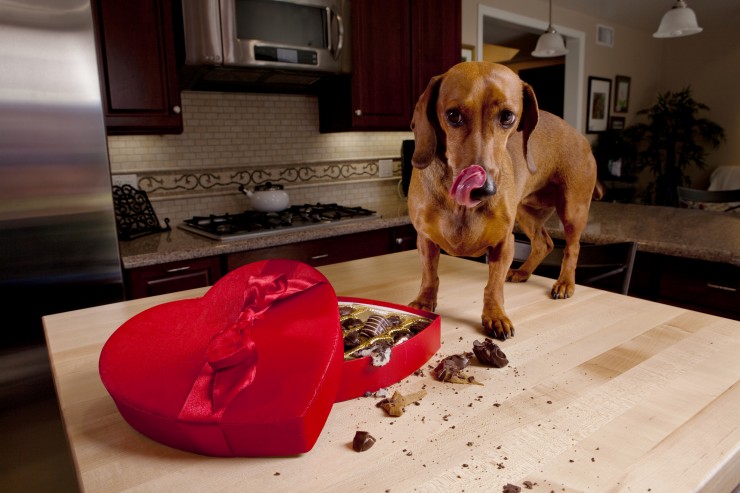 Chocolate Poisoning In Dogs
Chocolate Poisoni
Chocolate Poisoning In Dogs
Chocolate Poisoni
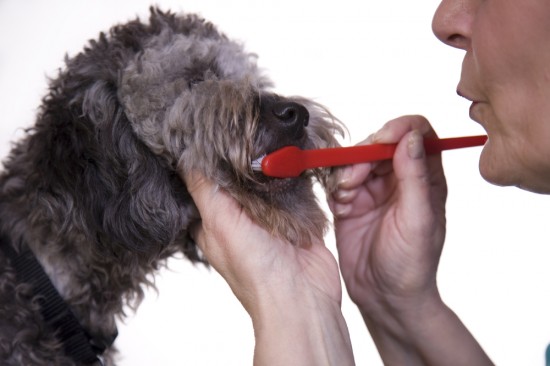 The Importance Of Looking After Your Dogs Teeth
The Importance Of
The Importance Of Looking After Your Dogs Teeth
The Importance Of
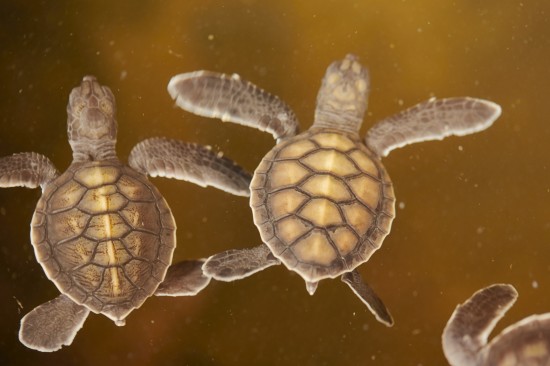 Breeding Turtles
Breeding Turtles
Breeding Turtles
Breeding Turtles
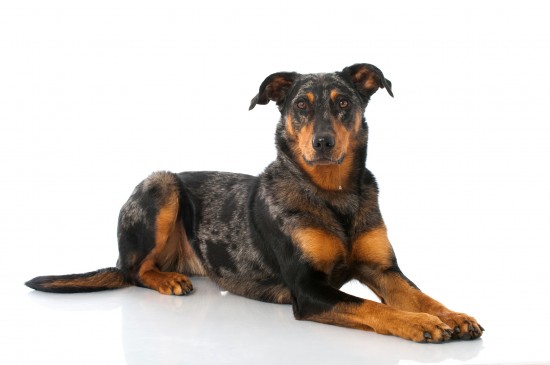 Is The Beauceron Dog A Good Choice Of Pet?
Is The Beauceron
Is The Beauceron Dog A Good Choice Of Pet?
Is The Beauceron
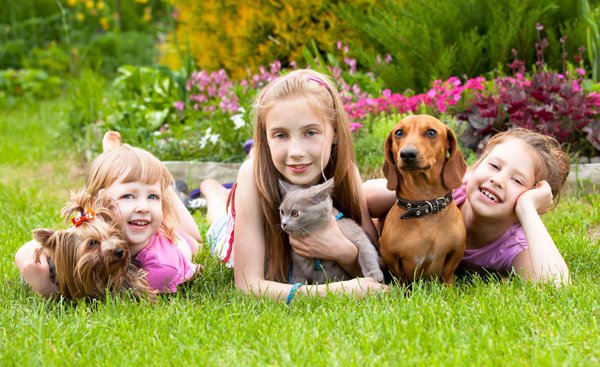 Effective Vermin Control in Milton Keynes is only by an Expert
Effective Vermin Control in Milton Keynes is only by an Ex
Effective Vermin Control in Milton Keynes is only by an Expert
Effective Vermin Control in Milton Keynes is only by an Ex